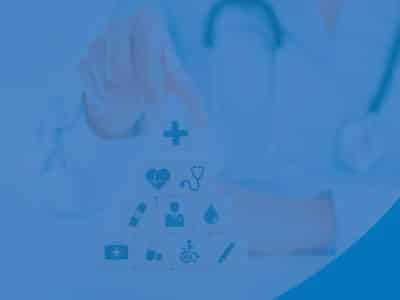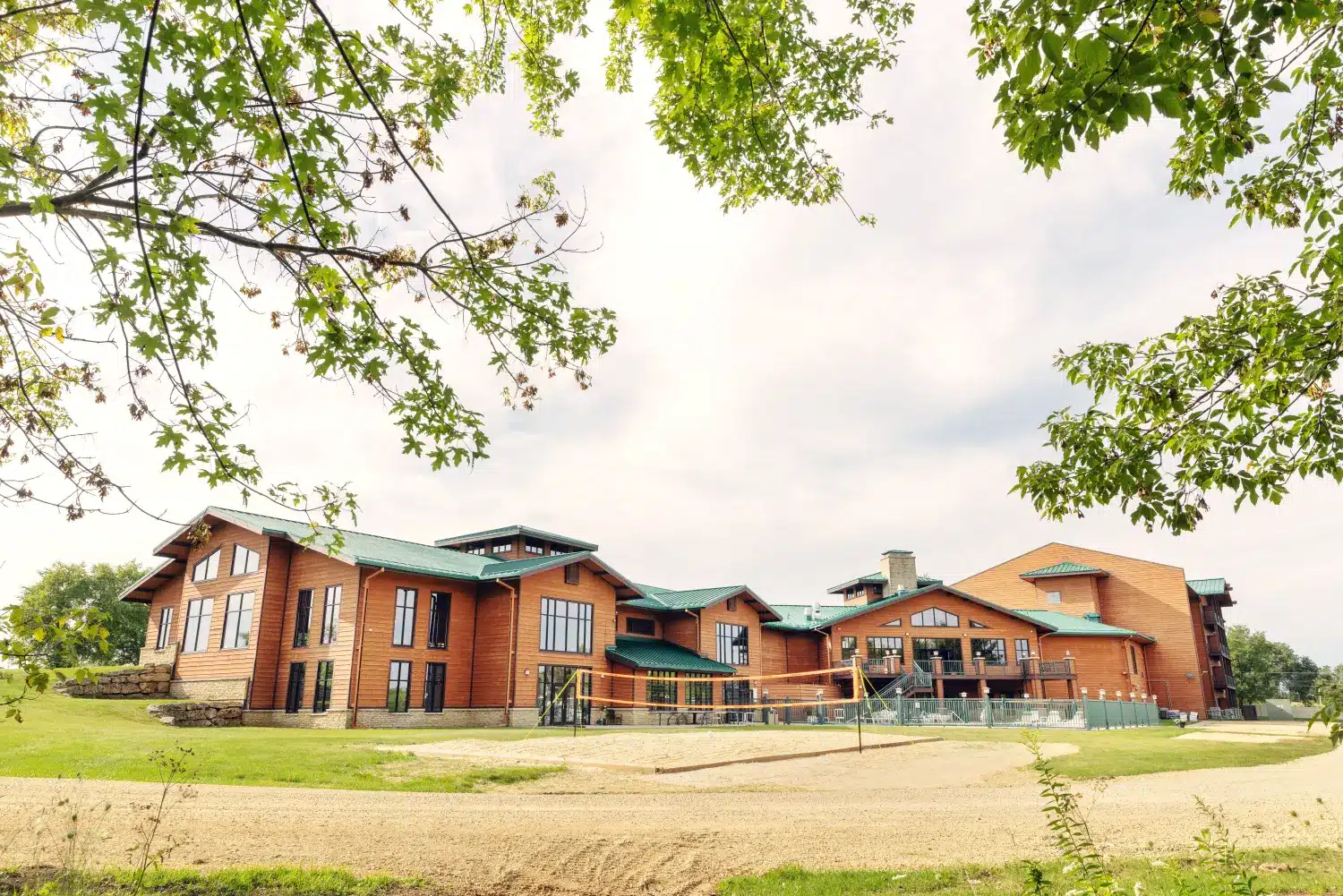Opioids, which include heroin, oxycodone, and codeine —- are amazing at killing pain, and have been used for that purpose for centuries. If they’re not administered with extreme care, however, a person can become addicted, the opioid abuse statistics prove it.
Doctors prescribe opioids because they “remain to this day the most potent and reliable analgesic agents,” according to The Doctor’s Dilemma: Opiate Analgesics and Chronic Pain, an article published in Neuron.
Opioids bind to opioid receptors — PBS NewsHour describes them as “tiny docking stations” located at nerve endings. “Most receptors catch chemical messengers — called neurotransmitters — to activate your nerve cells, triggering electric impulses that carry the signal forward.” Opioid receptors work in reverse. “They stop electric pulses from traveling through your nerves in the first place,” curbing pain signals. Normally we’d rely on the opioids our own brains make — endorphins — to halt the hurting. If a key receptor (the Mu) is blocked, the euphoria and pain-killing effects won’t occur because the feel-good neurotransmitter dopamine can’t make it through the neural pathways. “When it comes to addiction, opioids are an off-switch for an off-switch,” PBS NewsHour explains.
Another issue is that endorphins’ effects are only felt a short amount of time, but pain relievers like OxyContin work much longer, and more intensely. (There’s the rub.)
There are natural endorphin boosters, of course — chocolate, sex, exercise, and laughter are four ways to bring on those feel-good hormones — but when pain comes-a-calling, let’s be honest, chocolate, while it’s often praised as one of life’s joys, isn’t going to do much for someone recuperating from a major surgery.
Because opioids block the aches so well, they are prescribed for acute intense pain after accidents, burns, and surgeries. They also help people suffering from terrible, often-terminal diseases such as stage four cancers. They can also help with other issues, such as severe coughing and diarrhea.
Why do Doctors Prescribe Opioids?
There’s been a shift in recent years on how to manage people’s pain.
In the late 1990s and early 2000s, health insurance providers wanted doctors and hospitals to document patient pain management. Patients were surveyed, and doctors and hospitals received feedback. When pain continued to be problematic, pharmaceutical companies had a solution: Opioids.
For doctors, opioids are a double-edged sword. Prescribing too many risks addiction. Too little and doctors can be accused of failing to help patients manage pain.
Drug manufacturers had a solution for that. Starting in the mid-1990s they introduced new opioid-based medications, including OxyContin and Krokodil. A revamped version of oxycodone, which has been around for decades, OxyContin is an extended-release drug, which, when used correctly, is intended to help cases of severe, around-the-clock pain.
According to drug manufacturers, these new painkillers were not addictive. When not mismanaged or misprescribed, that tends to be true, but when administered for, say, a sore back that would remedy itself with regular applications of ice and a few days of ibuprofen, OxyContin and related medications may prove hugely problematic. Some prescribed drugs are very addictive and it depends on the user; for example, how addictive is activan or is lorazepam addictive depends on the user. Many users will also mix the prescription with other drugs without understanding the consequences, for example there is a .
Why do Doctors Over-prescribe Opioids?
Because opioids slash anxiety, help people sleep, and impart a feeling of well-being, this can make them invaluable while people heal or cope with a terminal illness.
Those very traits, however, are also problematic for others. Doctors prescribing opioids should prescribe them with caution. Follow-ups and alternatives to managing pain — depending on the individual being treated — should be considered to keep someone from spiraling into addiction. That hasn’t always happened, however.
When health care providers — partially after being urged to curb patients’ pain complaints — began to prescribe greater and greater amounts of opioids, the problem escalated. In 2017, more than 47,000 U.S. residents died from overdoses related to opioids, including prescription drugs, heroin, and illegally manufactured synthetic drugs such as fentanyl.
A number of factors led to the crisis. Private practice doctors often make more money the more patients they see. Seeing more patients can mean more patient satisfaction, as can prescribing painkillers.
Prescribing opioids also proved lucrative for some doctors. Opioid manufacturers have paid some doctors five- and six-figure sums for prescribing opioids (as well as for speaking and consulting services), according to a Harvard T.H. Chan School of Public Health, Harvard Medical School, and CNN study.
To be safe, if a doctor prescribes opioids — especially if a patient has not tried other alternatives — it’s wise to question why. Insurance providers have also contributed to opioid-related problems. Health insurance plans have typically covered pain medications more readily than other pain management options (like physical therapy), so the prescription of opioids has snowballed.
Some doctors prescribed more drugs out of compassion — to ease patients’ suffering — and other offices cranked out lots of prescriptions. In the U.S. in 2015, 240 million opioid prescriptions were dispensed, enough so that nearly every adult in the nation could take home their own orange bottle. That’s a lot of pills and unfortunately draws a correlation between doctors and drug abuse.
How do People get Addicted to Drugs?
Once a person’s system adapts to opioids, we come to a fork in the road. To maintain that euphoria and pain relief they provide, higher doses of opioids are needed. Stopping opioids strips away feel-good sensations, bringing on withdrawal. That void is replaced with some highly unpleasant symptoms, including anxiety, pain, spiked blood pressure, and diarrhea.
Not everyone is at risk of addiction, however. Sometimes a short course of pain medicine is enough to assist someone through a difficult recovery. Once they begin to heal they can be weaned off the drug and life returns to normal. For others it becomes more challenging.
Dual diagnosis cases, for example, may struggle more with addiction. People dealing with acute or chronic pain who also are coping with mood disorders such as anxiety or depression are less likely to experience effective pain relief. The same dose that works for person A, who has no mood disorder, likely will not work as well for person B, who also has some form of mental illness.
Overdosing in prescription is a very serious issue. It is important to understand the symptoms; for example, adderall dilated pupils. It is also important to understand the dangers; for example the lethal dose of activan or .
How do People get Opioids?
Misuse of prescription medicines is hardly a new phenomenon. Someone nervous about flying may accept a couple Xanax from a friend, someone may double their dose of Ambien when staring down another sleepless night, or a professional athlete may accepts opioids for an injury. Opioids are no exception; 21 to 29 percent of people who have prescriptions for opioids don’t use them as directed.
Opioids have been overprescribed for some time, which partially answers the question How do people get drugs? A Kaiser Health News-Johns Hopkins School of Public Health analysis of Medicare data studied nearly 350,000 prescriptions written by nearly 20,000 surgeons from 2011-2016.
The study’s researchers found many doctors overprescribing opioids post-surgery. In some cases, surgeons wrote prescriptions for more than 100 pills for the first week after surgery, and the numbers typically surpassed state recommendations. Such generous prescriptions demonstrate how do people get opioids easily. (Most state recommendations suggest zero to 10 pills after a procedure, but as many as 30 for something like a cardiac bypass.)
Where do people get drugs? While some patients become addicted and use their prescriptions, others leave their pills forgotten in the medical cabinet. How do people get opioids illegally? Sometimes people steal these forgotten pills or sell them on the streets.
Others make an effort to get more. Endless stories are out there — in books, podcasts, newspaper and magazine articles, blogs, and radio and TV reports — about doctors and clinics handing out prescriptions like candy.
There have been crackdowns in recent years, but it’s an addiction our nation won’t quickly overcome. This is why addiction treatment for drugs such as Buprenorphine and Demerol is necessary.
Medical disclaimer:
Sunshine Behavioral Health strives to help people who are facing substance abuse, addiction, mental health disorders, or a combination of these conditions. It does this by providing compassionate care and evidence-based content that addresses health, treatment, and recovery.
Licensed medical professionals review material we publish on our site. The material is not a substitute for qualified medical diagnoses, treatment, or advice. It should not be used to replace the suggestions of your personal physician or other health care professionals.







